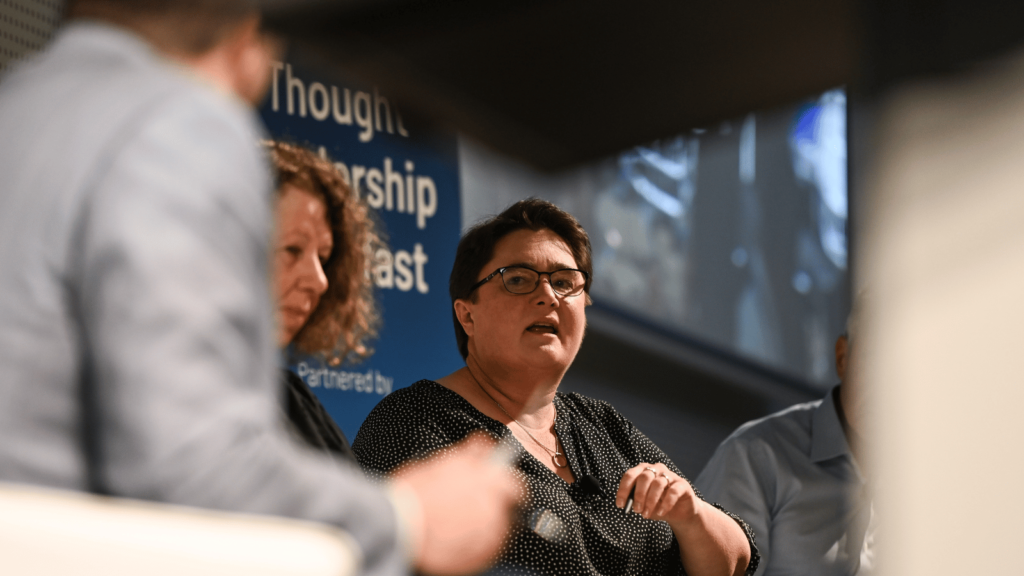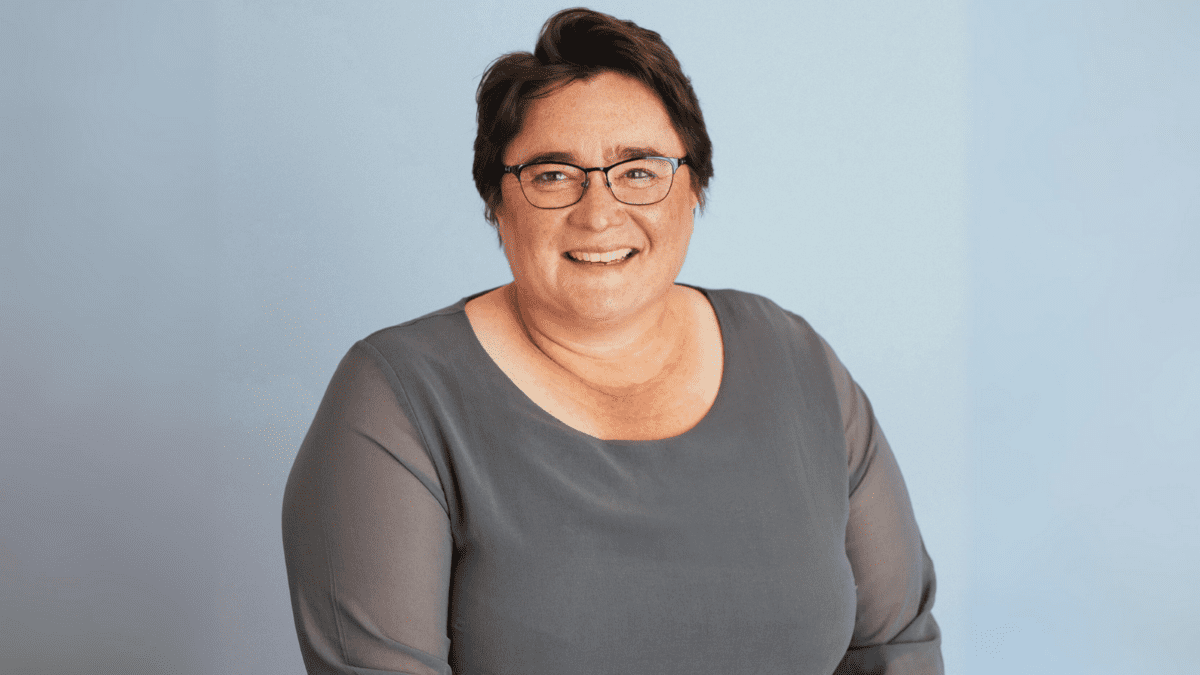SMSF sector poised for growth as millennials, Gen X opt for ‘the Spotify of superannuation’
SMSFs may have hit a flat spot in terms of new funds, but data shows younger people are ready to fill the gap and drive growth in the sector for years to come.
After a sustained period of exponential growth, the self-managed superannuation fund sector pulled back in 2022. Both new funds and asset levels remained relatively flat, yet the latter had more to do with market movements than flows.
None of that matters, however, according to SMSF Association director of policy and education, Peter Burgess, who spoke on a panel at the group’s national conference on Tuesday and will take the reigns as chief executive at the end of the event.
Self-directed investment vehicles like SMSFs should only be created for people that have both the desire and the ability to run them, Burgess explained, which means that the objective should never be to maximise the number of funds or amount of capitol in the sector.
Besides, he pointed out, “…we need to keep in perspective that the sector is coming off almost record high numbers of establishments in 2020 and 2021, so we were always going to see some come-back to normal [levels].”
There are approximately 1.1 million SMSF members in Australia, and over 605,000 individual funds. The amount of capital in SMSF funds comprises about 26 per cent of the $3.3 billion Australian retirement pool.
Even more encouraging, noted Investment Trends head of research Irene Guiamatsia, is the changing demographics of people starting SMSFs, with almost half of new SMSF funds currently being opened by people under 45. Once the preserve of pre-retirees and people in their 50s, younger people in their late 30s and early 40s are now electing to take control of their own retirement funds early according to Investment Trends data.
“Our research shows that 46 is the average age of SMSF establishment,” Guiamatsia revealed. “Compare that to ten years ago, and it was 51 years old. So we already actually see that future coming through in front of us, right now.”
Younger people are gravitating to SMSFs because of their desire for choice in the way they run their retirement plan and the investment decisions they make, Guiamatsia said.
“Early exposure of Millennials and Gen’ Z to digitally delivered financial services reinforces control as an important component of their engagement with service providers,” she continued. “Also, Australians’ well-documented bias towards direct property as an asset class, and their desire to access it, helps stoke SMSF establishments.”
She compared the desire for superannuation choice and control to her 16-year old son’s preference for tailored music playlists rather than the radio. “They want to choose their own music,” she said. “Radio is just not acceptable.”
The anecdote prompted panel host, Class Super CEO Tim Steele, to comment that SMSFs are “the Spotify of superannuation”, in reference to the popular music streaming service.
It was noted that part of the reason SMSFs are becoming more popular with younger people is because the Australian superannuation sector is maturing; younger Australians will generally live a full working life worth of contributions at or above ten per cent, noted Heffron Consulting managing director Meg Heffron (pictured, centre).
The fact that an SMSF can become someone’s “platform for life”, she said, is a major draw card.
Regulatory guidance is also making a difference in the minds of younger people. Last year ASIC abandoned its $500,000 guidance on the minimum balance to open a super fund after research by Rice Warner (commissioned by the SMSF Association) suggested the benefits of choice often outweighed the costs at a much lower balance point.









